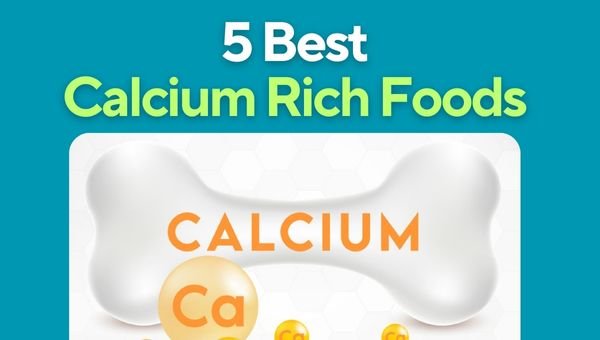5 Calcium-Rich Foods That Beat Milk in Calcium Content
How much calcium is necessary for our body? What mistakes can lead to a calcium deficiency? And how can we determine if our body lacks calcium? we will answer all these questions in detail and discuss five amazing calcium-rich foods. These foods contain even more calcium than milk and are easily accessible. The best part…







